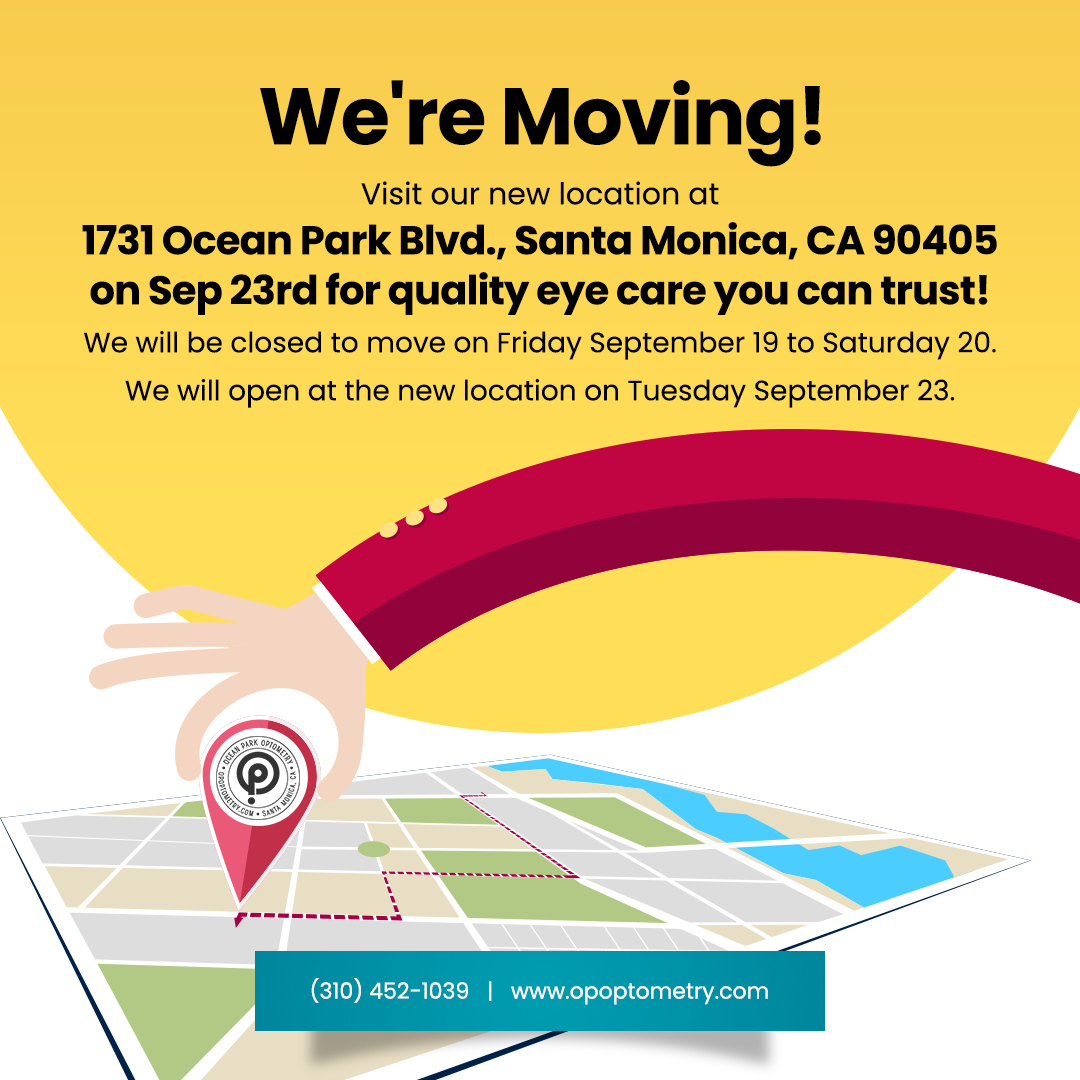
Eye misalignment, also known as strabismus, is not very common. According to a study, about 13 million people, or four percent of Americans, have strabismus. Eye misalignment, as the name suggests, is a visual disorder where the eyes point in different directions. Usually, one eye will focus on a specific object of interest while the other eye turns.
The eye that focuses and the one that turns can switch, meaning that the visual ability of both eyes is equal. However, this is not always the case—sometimes, only one eye can fixate and the other always turns. This means that one eye is dominant, and the other does not have good visual ability.
Types of Eye Misalignment
The direction can categorize eye misalignment when the misaligned eye turns.
Esotropia - Turning inward
Exotropia - Turning outward
Hypertropia - Turning upward
Hypotropia - Turning downward
Six muscles control the eyes in people with normal eyes and work together. They are coordinated and point the eyes in the same direction when you turn. People with eye misalignment have a problem controlling eye movement, which results in ocular misalignment.
Factors That Help Determine the Cause of Eye Misalignment
Did the issue start all of a sudden, or did it develop gradually?
Was it present during the infant years, or did it develop when the patient was an adult?
Does the misalignment affect one single eye, or does it affect both eyes?
What is the size of the degree of turning—large, moderate, or small?
Is the misalignment present all the time, or does it go away sometimes?
Is there eye misalignment in the family?
Types of Eye Misalignment
Several types of eye misalignment exist, but two are more common than the others.
Accommodative Esotropia
The common causes of this form of eye misalignment are genetic predisposition and uncorrected hyperopia. The ability to focus on something is linked to the direction the eyes point. When more focusing power is needed to stay focused on far objects, the eyes may start to turn inwards.
It causes varied symptoms like double vision, tilting the head, or covering or closing one eye when looking at near objects. Accommodative esotropia will usually develop in children and may be corrected by glasses. Doctors may also use patching or surgery to help correct the turning.
Intermittent Exotropia
In this type of eye misalignment, one eye will focus on an object while the other will turn outward. It causes various symptoms like headaches, double vision, eyestrain, closing one eye when looking at distant objects or in bright light, and difficulty reading.
Sometimes, the patients will not show any symptoms, although the deviation is visible to others. This type of eye misalignment can happen at any age. Treatment involves eye exercises, patching, glasses, or surgery on one or both muscles of the eyes.
How Do Doctors Diagnose Eye Misalignment?
Usually, a doctor can tell if a child has strabismus by looking at their eyes. Sometimes, it is obvious that the eyes are misaligned. Then the doctor may ask the child to focus on an object while they cover each eye.
It will help the doctor know which eye turns and determine if the child has amblyopia that occurs with strabismus. Also, the doctor may ask for family medical history to determine genetic predisposition.
For more on diagnosing eye misalignment, call Ocean Park Optometry at (310) 452-1039 to reach our office in Santa Monica, California.













